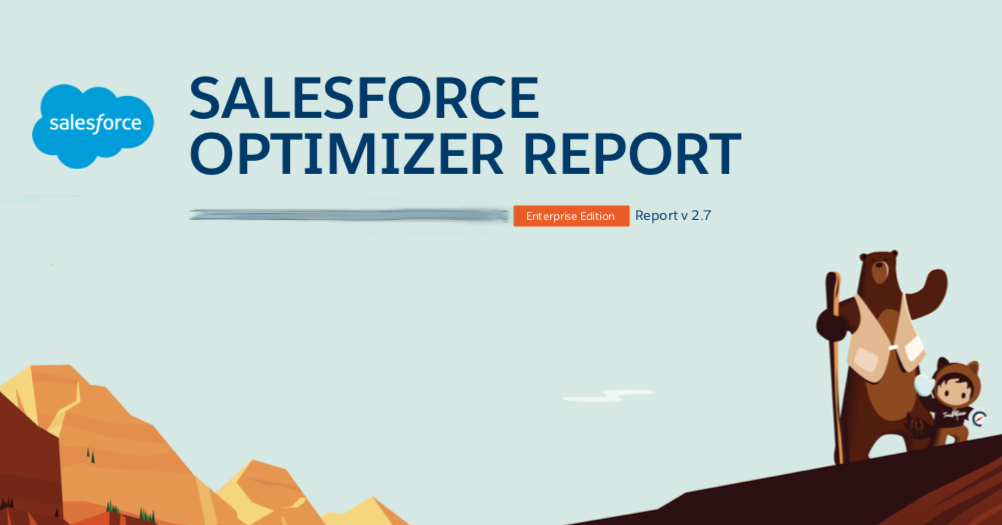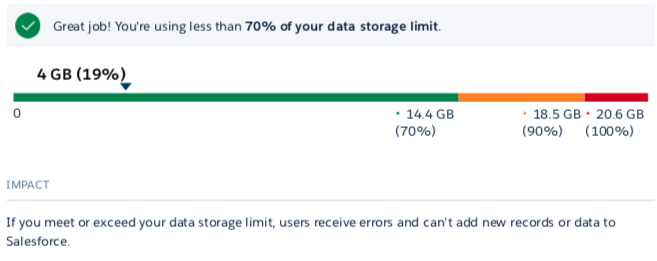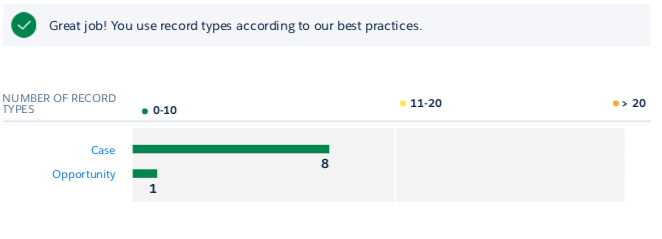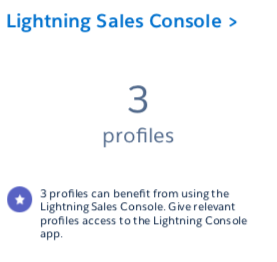You’ve seen the signs for some time. The mornings are getting lighter, the weather is getting a little less gloomy, and daffodils are popping up all over the place. That can only mean that Spring is officially here and, just like with your own home, it is time to get your hands dirty and have a spring clean.
Salesforce is an incredibly powerful tool, and with great power comes great responsibility. The flexibility of the platform means that it is simple to customise and automate business processes. However, this can also cause issues over time as the business evolves and requirements or procedures change. Sometimes you need a little spring clean to freshen up your Salesforce org and get back on track.
Why spring clean now?
Have you ever looked at a record page and wondered what that field is for, or have a bunch of reports & dashboards that have not been run in years? You are not alone, it is very common.
These are clear signs that you need to take a step back and look at your Salesforce Org. Although a lot of these things may seem trivial, they can have significant consequences. Long and confusing pages layouts can result in low user adoption or even worse poor quality data being entered.
Making the life of your users more straightforward can result in significant gains for the business. In the past, I made a simple change that moved a field from one page to another removing a single click for users. After this change was made, the number of records with this field completed increased by over 40%!
Introducing Optimizer
Optimizer is a report that will give you a snapshot of your current system setup. The report looks at your current system limits, shows areas for improvement and provides tips on reducing complexity and driving adoption.
The report is broken down into a high-level summary, and specific details. Each item is given a Red, Amber, Green (RAG) status and level of impact. This clearly indicates if you are close to limits or best practices.
Parts of the report are suitable for multiple audiences, including key stakeholders within the business, that are non-technical but who may need to sign off resource or budget. Often, anybody within the business that is not involved in the technical side of Salesforce will not see the value of doing a spring clean. However, this report clearly shows the value in easy to read, simple to understand PDF.
What does the report look at?
The report provides details of the impact each item has on the system, recommendations on how you could improve, and useful resources so you can learn more. There is a breakdown in the report of the following elements:
1. Limits
There are multiple editions and features across Salesforce. These all have their own limits, whether it is a number of users, records or features.
One sign that your Org needs work is if you are in the red for many of the limits. This demonstrates that you don’t have the right edition and need to upgrade, or that you have over-customised.

This section of the report looks at:
- Data & file storage
- Custom field
- Sharing rules
- Workflow & validation rules
2. Maintainance
As the system ages, you may start noticing fields where nobody knows why they are there, or are not on any page layouts. You may have multiple opportunity record types all with the same sales process & similar page layouts. These will often will stem from the addition of features or changes of management over time. Reducing these will not only make maintenance of the platform simpler, but they will also speed up queries, reports and page loads.

This section looks at best practice across customisation that has been made to the platform both declarative and code, including:
- Number of page layouts, fields on page layouts, record types & apex triggers per object
- Unused fields, reports & dashboards
- Unassigned page layouts, record types, roles, profiles & permission sets
- Inactive validation & workflow rules
- Number of users with administrator permissions
- Code that is written with old API versions or hard-coded URLs
3. Adoption
Adoption should always be top of mind when you are managing changes to a CRM. Without high levels of adoption, you could see impacts to the business including poor forecasting, staff performance and low customer satisfaction.
This section looks at what productivity features are being used and if users are doing anything that will impact them using the system, including:

- Inactive chatter users or incomplete profiles
- If native features are switched on and being used, including:
- Sales console
- Duplicate rules
- Path
- Macros
- Unsupported/out-of-date browsers
A spring clean is not a one-off task
Optimizer gives you a great head-start, but it does not cover everything. Make sure you check out other things such as Health Check and Critical updates, and ensure you are aware of areas that are not covered in the report.
You will always need change, but if you put the right governance in place including; description writing on new fields and automation, running optimizer regularly as well as having a release readiness plan, you will save time and cause fewer headaches further down the road.


